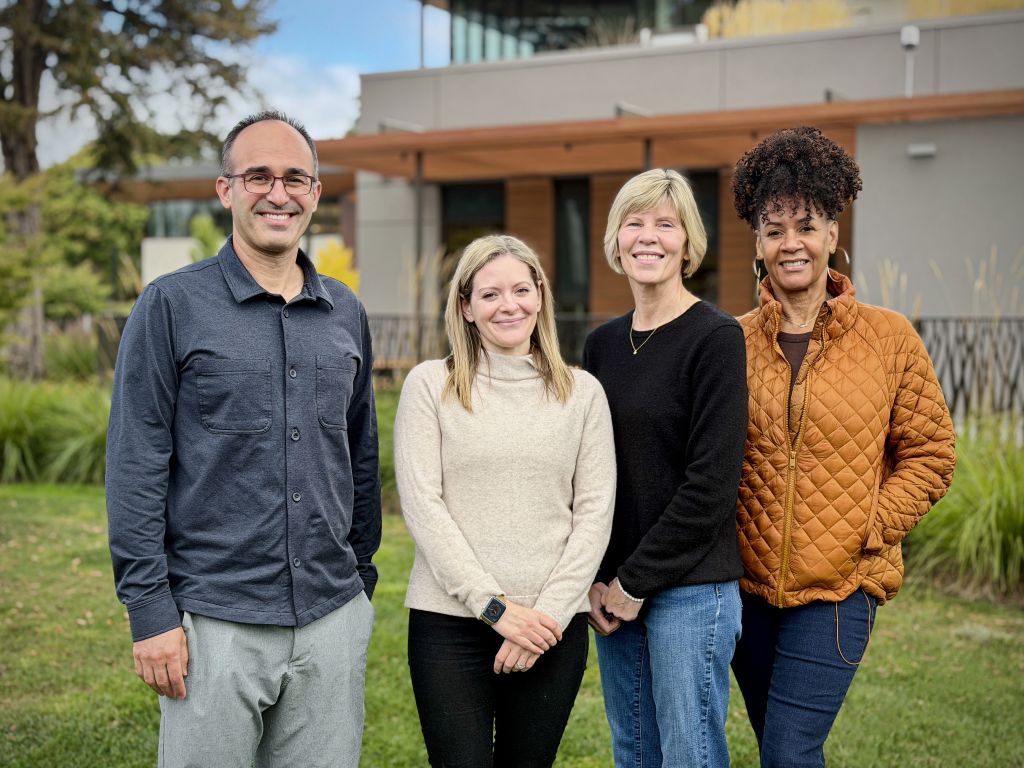Redwood City
Central Park/Woodside Plaza
Central Park and Woodside Plaza are two central - distinctively different - neighborhoods and are part of one of Redwood City’s most popular neighborhood.
Comprised of distinct – and distinctly different – neighborhoods Palm Park and Woodside Plaza, the Central Park area is bordered by El Camino Real to the east, Alameda de las Pulgas to the west, Woodside Road to the south and Roosevelt Avenue to the north. Densely-populated Palm Park lies in the eastern half of Central Park, while Woodside Plaza is Redwood City’s last “flatlands” neighborhood before the city’s topography turns hilly – and its homes turn large.
Woodside Plaza properties command higher prices than those found in Palm Park. Its entry-level starts at above $1 million and the local market ranges up beyond $2.9 million, while Palm Park single-family homes can come in at under $1 million and its condominiums can be had for as little as $700,000.
The Palm Park neighborhood high end is occupied by larger – and often newer – homes, while the low end is often determined by location; single-family homes sharing a block with small apartment buildings, like those found on Poplar Avenue, will command lower prices than those on intact single-family blocks. Palm Park homes can be very small, some with less than 1,000 square feet of living space, and include a few pre-war Mediterraneans and bungalows mixed into streets located close to El Camino Real.
Both of Central Park’s sub-neighborhoods, Palm Park and Woodside Plaza are established neighborhoods boasting neat, often tree-lined streets, strong neighborhood associations and easy proximity to commute routes. Central Park includes within its borders multiple city parks, two shopping centers and two public schools, Henry Ford Elementary and John F. Kennedy Middle School. Its average-$1.8 million price point has made this deceptively central neighborhood one of Redwood City’s most popular and a viable stepping stone for homeowners looking to step onto a move-up bridge that eventually leads to the town’s high-end neighborhoods.
To view a detailed map of the Central Park/Woodside Plaza neighborhood, click here. The MLS area is 333.
-
3341
Homes
-
$2.01M
Median Sale Price
-
$2.04M
Average Sale Price
Pricing data based on single-family homes
On this page
Central Park/Woodside Plaza
Stats & Trends
Home Data
Per tax records
1 Bedroom
40
homes
2 Bedrooms
863
homes
3 Bedrooms
1875
homes
4 Bedrooms
471
homes
5+ Bedrooms
92
homes
Condos/Townhomes
301
homes
Duplex
736
homes
2022 Price Data
Number of Sales
90
sales
Percent List Price Received
110.0%
Median Sales Price
$2.01M
Average Sales Price
$2.04M
Lowest Sales Price
$0.92M
Highest Sales Price
$3.15M
Central Park/Woodside Plaza on the Map
Schools & History
History
What is now Central Park’s eastern border was once the distant southern border of Redwood City, a full mile from downtown. It contained Union Cemetery, the first cemetery association in California, where the town’s original settlers were buried. It also included “Five Points,” a rowdy collection of tanneries, saloons and boardinghouses serving workers from Woodside’s lumber camps. “Respectable” Redwood City residents steered clear of the neighborhood, whose name came from the intersection of El Camino, Main Street, Woodside Road, Redwood Avenue and Spruce Street, especially when its notorious saloons, including the Fly Trap Inn, roared merrily through Prohibition without any noticeable dip in sales.
Five Points came to an end in the early 1960s with the construction of the Woodside Road overpass. By then, the neighborhood was already changing. Five Points’ rowdy streets were evolving. The tanneries and boardinghouses were gone, replaced by rows of modest ranch-style houses and low-rise apartment buildings. By the time the Woodside Road overpass was completed, the new, “respectable” neighborhood of Palm Park was almost completely built-out, save for some points at its western edge, where a few nurseries clung to live along Valota Road and Kentfield Avenue.
Valota is the boundary between Palm Park and Woodside Plaza, the neighborhood making up the western half of Central Park. By the early 1960s, Woodside Plaza, too, was bustling. Its development boomed, in fact, a decade earlier; so much so that by 1953, the first businesses, a gas station and a Lucky food store, had opened at the shopping center at the corner of Woodside Road and Massachusetts Avenue. The name of the center: Woodside Plaza.

Contact Raziel to find the right property for you.
With a team of experts guiding you every step of the way, our extensive knowledge and experience will ensure you have the best home buying experience possible.



